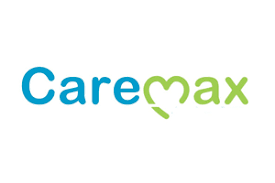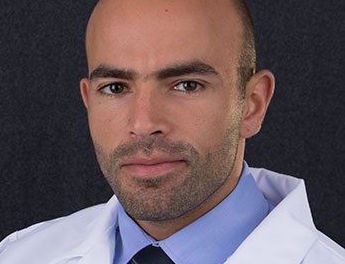By: Ben Quirk is Chief Strategy Officer at CareMax

With the Covid-19 Omicron variant, super colds and overflowing hospitals – it’s time to embrace the healthcare model that puts patients first
The Covid-19 pandemic and its rapidly evolving variants have unfortunately left few unscathed in one way or another. It has exposed gaps in the U.S. healthcare system, heralding some important changes in the healthcare landscape, like increases in the use of technology and accessibility. However, most healthcare providers have yet to recognize the need for the adoption of a more proactive care model that prioritizes prevention and overall well-being – the value-based care model.
According to the Center for Medicare & Medicaid Services (CMS), by 2023, 90 percent of care will come from a value-based care model, and by 2030, 100 percent of all traditional Medicare beneficiaries will be treated by a value-based care model.
Right now, you might be asking yourself: what is value-based care, why is it better than the traditional fee-for-service models, and why is this model is better for patients? The better question may be, what’s taking so long for everyone to embrace it?
Value-based care vs. traditional fee-for-service (FFS)
In a value-based care model, health care providers are paid by a form of reimbursement called capitation. Physician groups are paid per patient as opposed to fee for service that reimburses by visit. The focus is on a well-coordinated care team and the goal is to keep patients healthy by prioritizing preventative care over reactive care, which has been proven to achieve better overall health outcomes and reduce medical costs. Value-based care models take a holistic approach by accounting for social detriments, like food stability and housing security.
On the other hand, in the traditional FFS model, physicians are paid a fee for each service provided to the patient. Unfortunately, this rewards medical providers for the volume and quantity of services provided, regardless of the outcome. This volume-based approach may create a perverse incentive at the expense of the patients.
What does the value-based care model look like in practice?
At CareMax, we already have more than 95 percent of our Medicare patients benefiting from a value-based care model. They receive primary care, specialty care, dental, optical, therapy and diagnostics all under one roof. If our patients can’t come in, we pick them up. Beyond that, approximately one-third of our medical center space is set aside for health education, nutritional literacy and social work.
How can we afford this? We invest in outreach and patient engagement to prevent emergency room visits and unnecessary hospitalizations. The proof is in the numbers: CareMax patients utilize the emergency room 50 percent less than patients still using FFS providers.
If value-based care is what’s best for patients, why isn’t it common practice?
The incumbents, typically hospital systems, are focused on putting “heads in beds” to cover their expensive infrastructure overhead costs. They have yet to learn that value-based care can be more lucrative to hospitals as they receive additional volume from value-based care providers in some of the highest margin procedures, like ambulatory and elective surgeries. The dilemma incumbents face is a delay in payments of one to two years as patient outcomes improve. This may result in cash flow issues when the admissions drop, and the value-based care payments haven’t caught up. Thankfully, we are starting to see some hospital systems realize the change is inevitable and are starting to partner with groups like ours.
In addition, value-based care expertise requires costly technology and changes in processes which can also take years to pay off. Independent physicians aren’t able to bear these costs on their own, so are stuck in the fee-for-service paradigm. That’s where groups like CareMax come in. We provide our technology and processes at no upfront cost to community partners.
The Future of Healthcare
It’s time to overcome inertia and the fear of value-based care. Consider this: while most physicians in a FFS model treat 35-40 patients a day, physicians who practice value-based care typically see only 12-15 patients a day, allowing them to be a true health partner and advocate. Value-based care aligns provider partners and health plan goals – optimizing patient outcomes, ensuring maximum revenue, and protecting the bottom line. With quality healthcare at the forefront of our discussions these days, we should know all our options. Going forward, let’s prioritize the healthcare model that provides incentives for quality, not one that emphasizes quantity.
Ben Quirk is Chief Strategy Officer at CareMax, a technology-enabled network of medical centers providing value-based care to more than 65,000 patients.




























